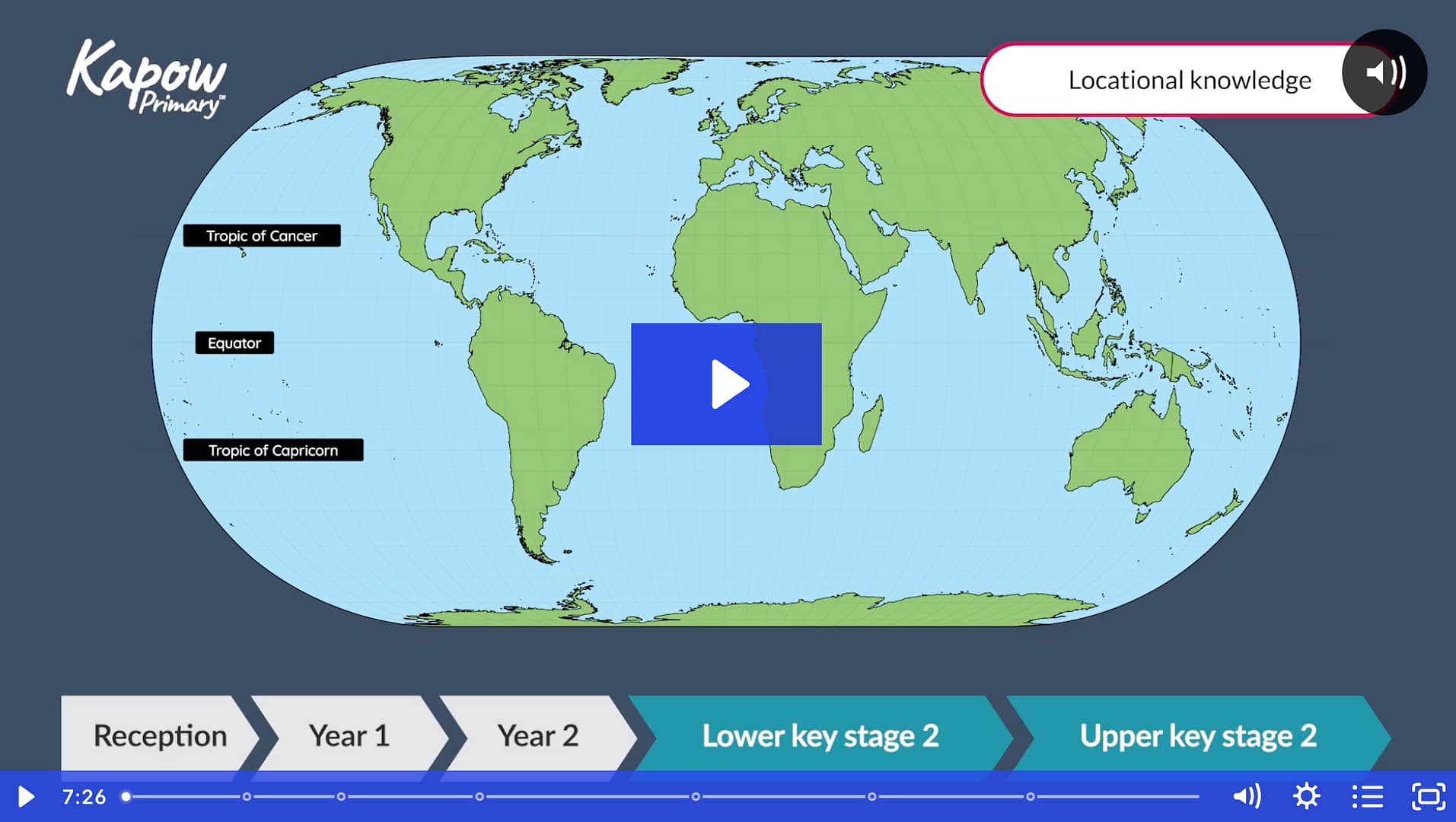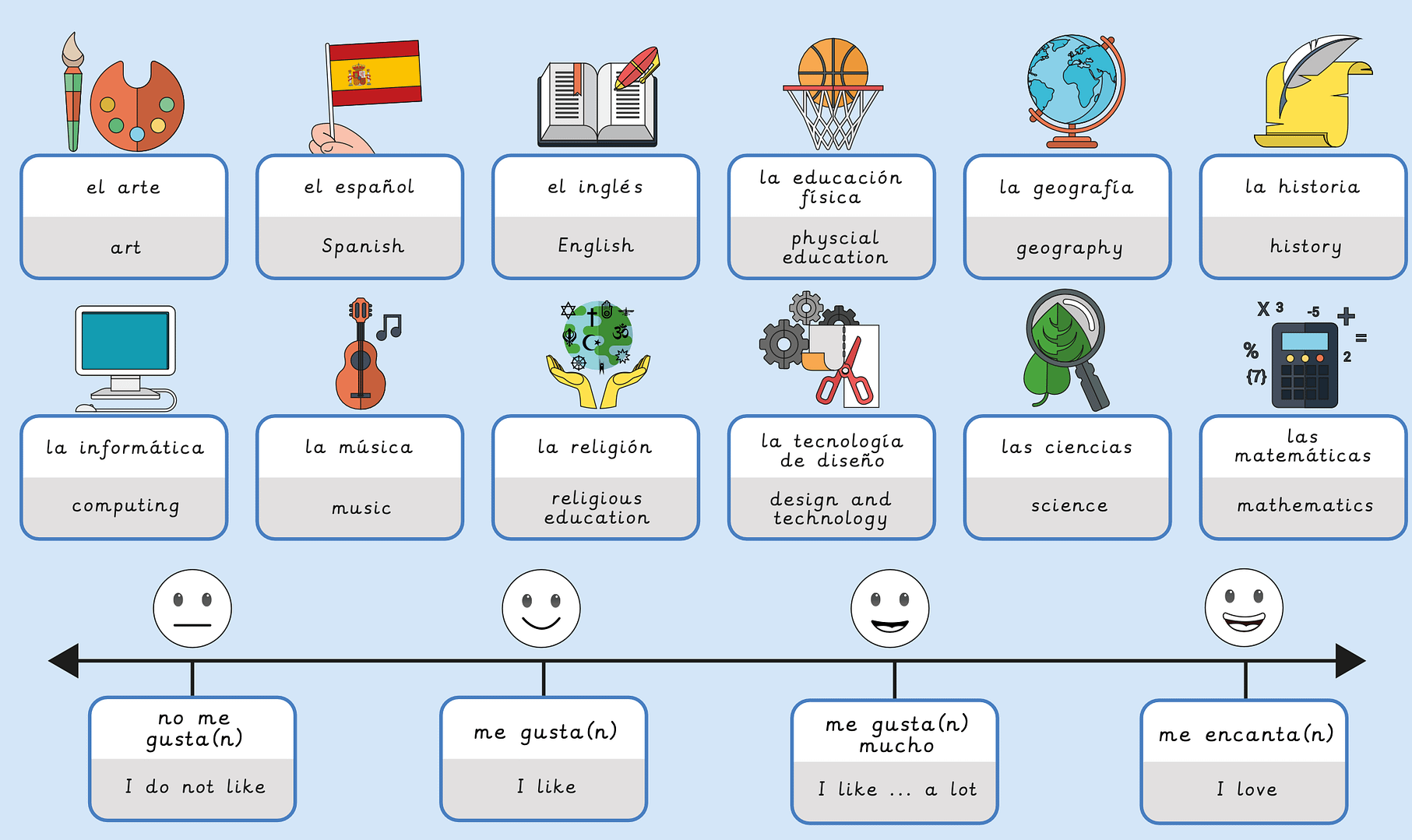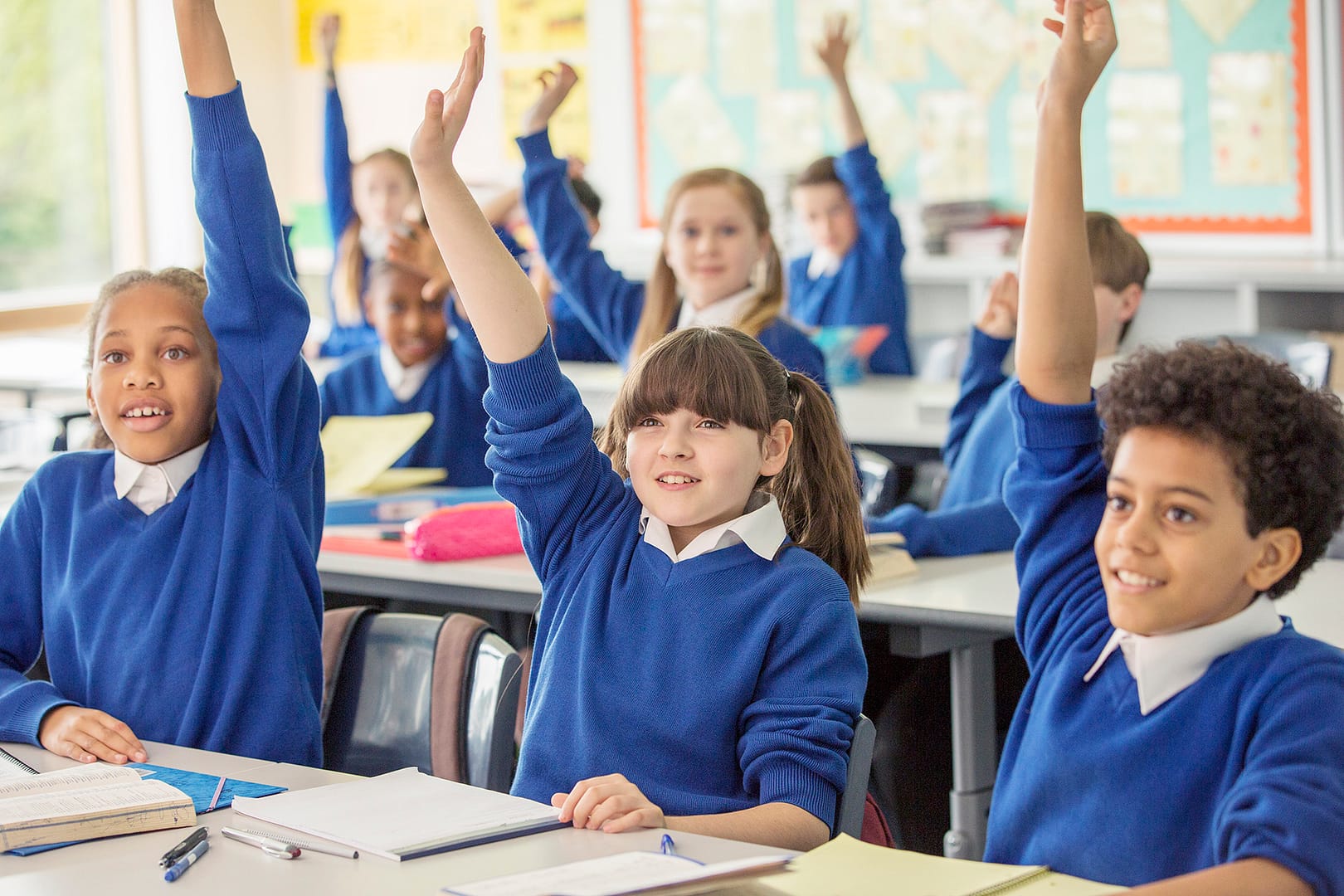This video helps Geography subject leaders gain an understanding of the Kapow Primary Geography scheme of work, describing the knowledge and skills that pupils acquire and how they make progress during primary school.

This video helps Geography subject leaders gain an understanding of the Kapow Primary Geography scheme of work, describing the knowledge and skills that pupils acquire and how they make progress during primary school.

A Knowledge organiser that captures the essential knowledge and skills learnt throughout the unit Spanish, Year 5/6 (B), School Life.
This Spanish resource is designed to support the pupils as they explore vocabulary and phrases related to school routines and daily activities. It introduces key vocabulary such as school subjects, timetable, classroom objects, and opinions, helping the pupils develop their Spanish-speaking, listening, and reading skills. The pupils will also learn how to describe their school day, express preferences about subjects, and engage in simple conversations about school life.
This unit vocabulary display includes keywords from the unit Spanish, Year 5/6 (B): School life in Spanish and additional unit-specific words that may be helpful in a display.

This video aims to help History subject leaders gain an understanding of the Kapow Primary History scheme of work, describing the knowledge and skills and how children make progress during primary school.



This video aims to help Science subject leaders gain an understanding of the Kapow Primary Science scheme of work, describing the knowledge and skills and how children make progress during primary school.
